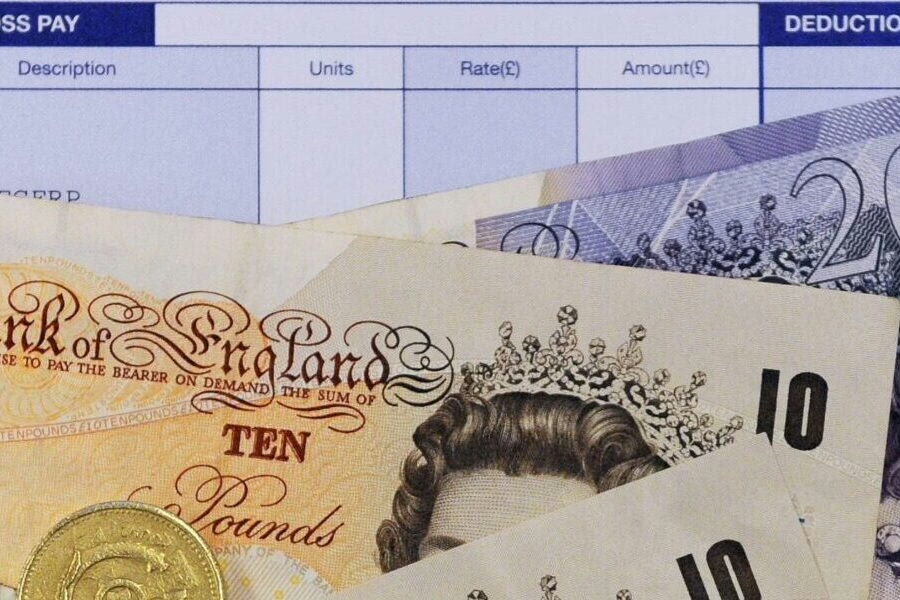
The median pay increase across the UK economy rose to 3.4 percent in the three months to May 2025, up from 3.2 percent in the previous period, according to the latest data from Incomes Data Research (IDR). The rise has been largely driven by the April increase to the National Living Wage (NLW).
From 1 April, the NLW increased by 6.7 percent to £12.21 per hour. This change has had a notable impact on pay settlements in the private sector, especially within low-paying areas such as hospitality and retail. IDR’s figures show that the proportion of pay rises worth 6 percent or more rose from 12 percent in April to 15 percent during the latest period.
Across the sample of 178 pay awards, most of which apply to large organisations and cover over 3.3 million employees, low pay sectors have seen some of the largest adjustments. While general inflation appears to be a less influential factor this year, employers have responded to labour market pressures and statutory pay adjustments in determining wage reviews.
Private sector pay settlements influenced by low pay sectors
The median pay award in the private sector stood at 3.5 percent, up slightly from 3.4 percent in April. The interquartile range has widened to between 2.8 percent and 5.0 percent, reflecting a growing number of higher-value awards. In hospitality and retail, 19 percent of increases reached 6 percent or more, up from 12 percent in the previous period.
These figures are consistent with the influence of the National Living Wage, which continues to drive up pay at the lower end of the earnings distribution.
Zoe Woolacott of IDR said, “The National Living Wage has a less direct impact in manufacturing, compared to private services. However, manufacturing employers still face pressures to offer competitive rates of pay in order to recruit and retain staff.”
In the manufacturing and production sectors, outcomes were largely stable. The median remained at 3.5 percent, with the interquartile range narrowing slightly to between 3.0 percent and 3.9 percent. This stability suggests less volatility in pay decisions, though the need for competitive salary levels remains a concern for employers facing skills shortages.
Public sector awards contribute to economy-wide median
Public sector pay awards recorded a median of 3.6 percent, slightly above the overall economy figure. Though representing a smaller share of the total sample, these increases have influenced the broader data. Most of this year’s recommendations from independent pay review bodies (PRBs) have been accepted by the Government, further supporting the public sector median.
Six of the eight PRBs have published their recommendations so far, with suggested pay increases ranging from 3.6 percent for NHS staff to 4.5 percent for the armed forces. The recommendation of 4.75 percent for the judiciary was not accepted in full, with a 4 percent award instead being implemented.
These increases have played a modest but noticeable role in lifting the economy-wide figures, particularly given the large workforce covered by public sector pay settlements.
With inflation levels easing and the bulk of this year’s wage reviews completed, pay growth appears to be moderating across many sectors. However, statutory changes such as the NLW adjustment are expected to continue influencing outcomes, especially for employers with large numbers of low-paid staff.


